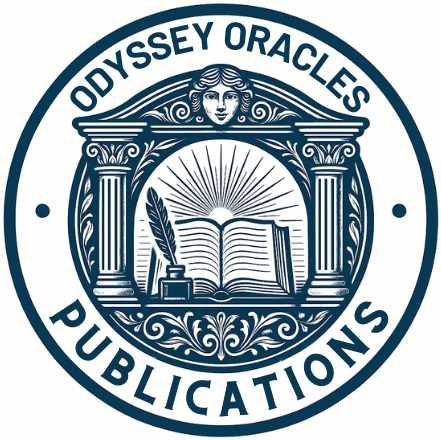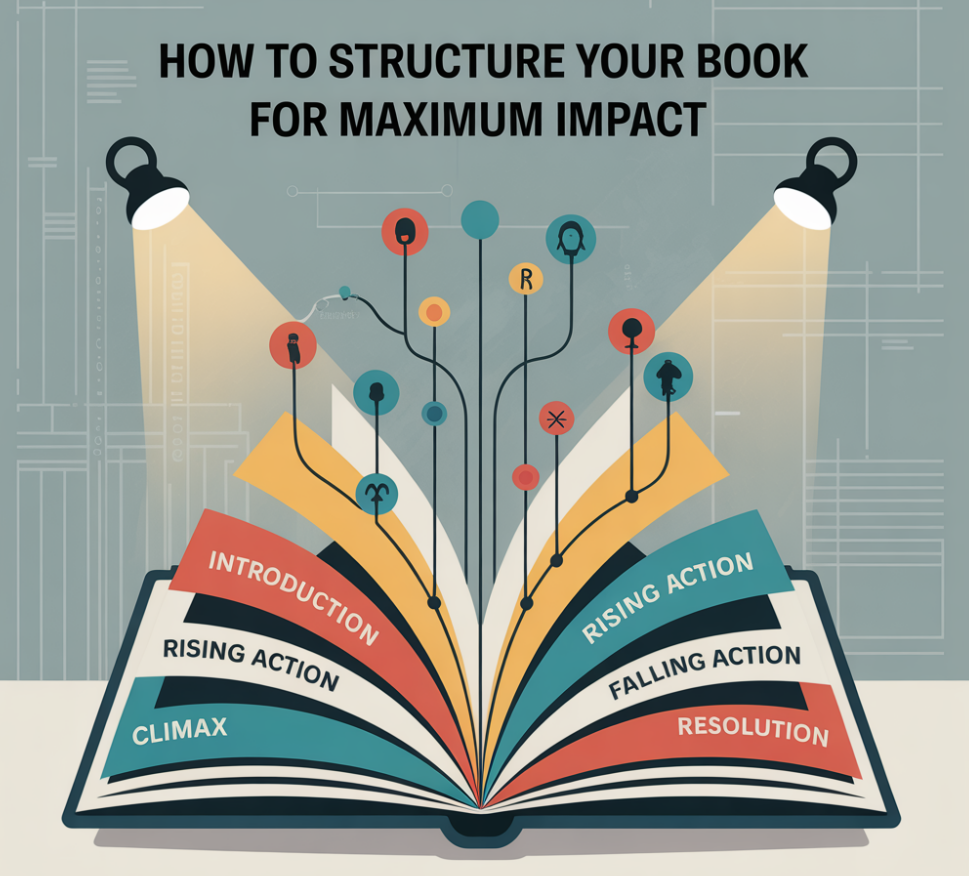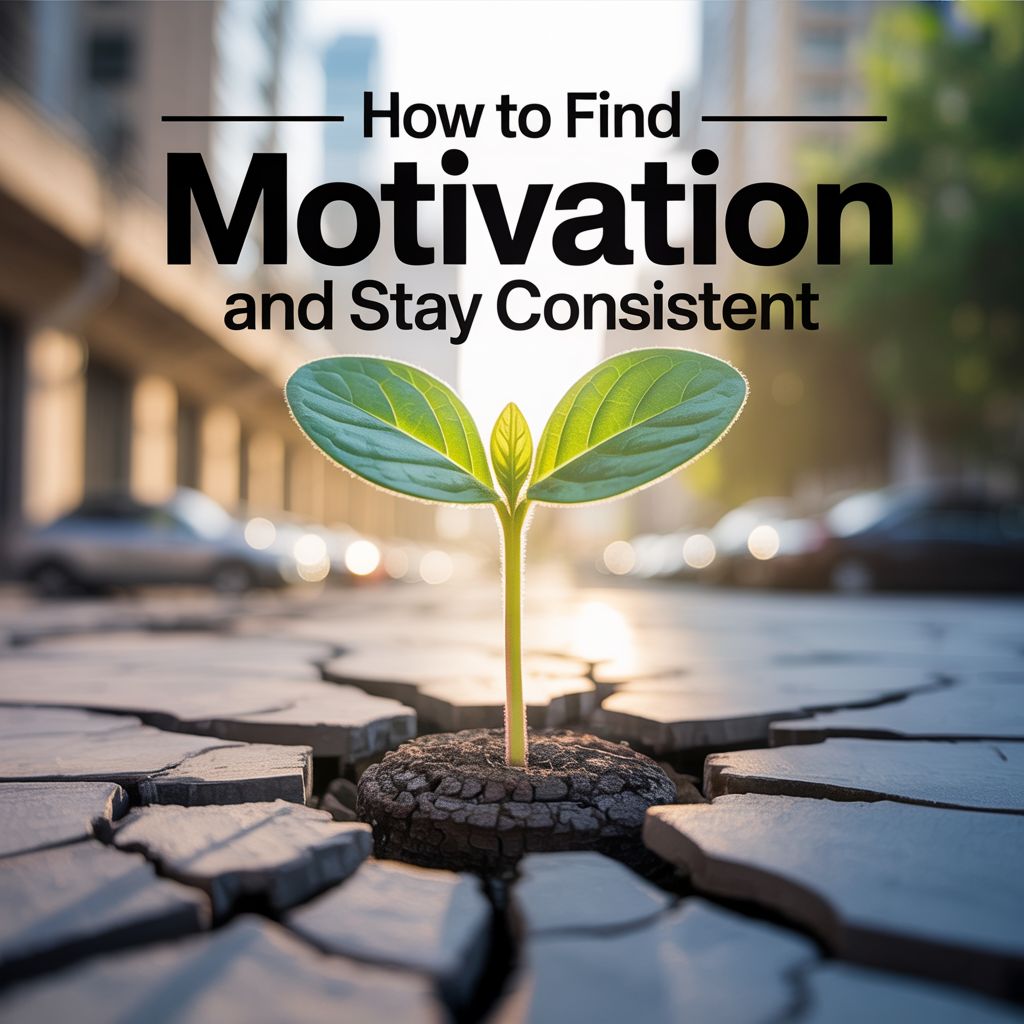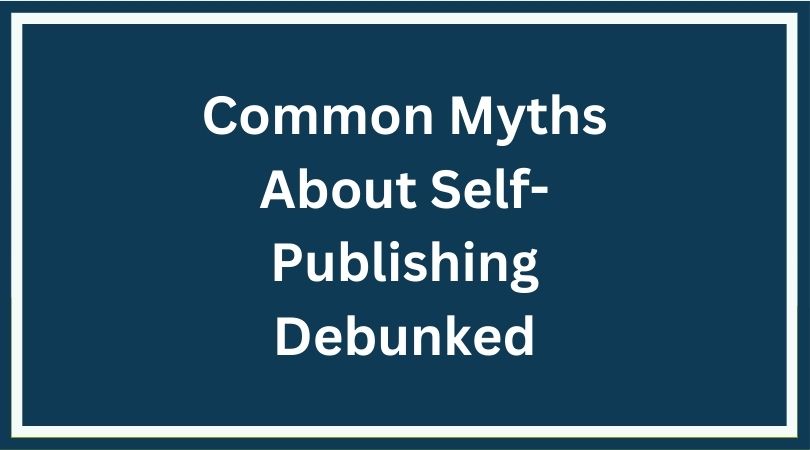Choosing The Right Self-Publishing Platform
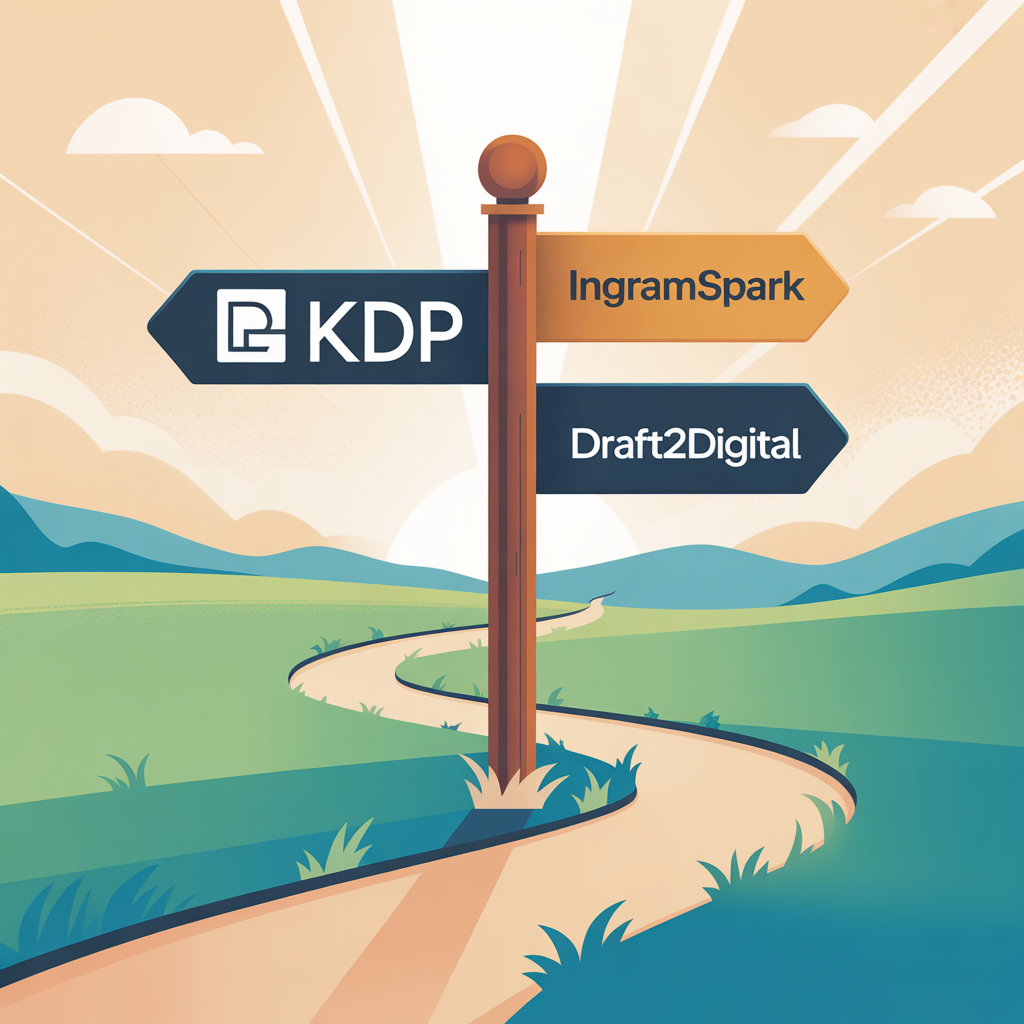
Introduction: Navigating the World of Self-Publishing
The self-publishing universe is a wild and wonderful place where anyone with a story to tell can become an author. There’s no gatekeeper, no one to tell you your ideas aren’t good enough. But with great power comes great responsibility. The choices you’ll make as a self-published author can impact the success and reach of your work.
Picking the right platform is like choosing the perfect stage for your story. Different platforms offer different tools, resources, and audiences, all crucial to establishing a personal connection with your readers. Whether you’re writing a fantasy novel or a practical guide, your platform makes a difference.
So, why is selecting a platform so important? It’s about amplifying your book’s visibility and sales. It’s about finding the best place that resonates with your publishing goals and ambitions. And it’s about ensuring your book’s voice stands out in a crowded marketplace.
Embarking on this journey might feel overwhelming, but fear not. Armed with the correct information and a touch of ambition, you can master the art of self-publishing. It’s about finding what works best for you and your story.
Understanding Your Publishing Goals
The first step in starting your self-publishing journey is to clarify your goals. Publishing isn’t just about seeing your name on a book cover; it’s about reaching the right readers, conveying your message, and defining success on your terms.
Start by asking yourself why you’re writing this book. Are you looking to educate, entertain, or advocate for a cause close to your heart? Your objective plays a significant role in determining which platform fits you best.
Next, think about who you’re writing for. Identifying your target audience helps direct your marketing efforts and guides you on which platforms can connect you with them. Each platform reaches different types of readers, so knowing who you’re trying to reach is like having a map that leads to your goals.
Have a clear idea of your long-term plans, too. Do you envision venturing into multiple genres or sticking to one beloved niche? Knowing whether you want to expand into series or other formats can influence your platform decision.
Understanding your publishing aspirations and having clear goals is like having a compass in the self-publishing adventure. It shapes your choice of platform and sets the tone for your entire journey. With clear goals, each step you take will lead you closer to sharing your work with the world.
Evaluating Publishing Platforms: Key Factors to Consider
Choosing a publishing platform isn’t a one-size-fits-all kind of thing. Each platform has strengths and quirks, so weighing what they offer against what you need is crucial.
Start by checking out the platform’s credibility. A platform with a solid reputation is like a reliable partner who won’t let you down when the going gets tough. Look at reviews, success stories, and even testimonials from authors who have walked the same path.
Ease of use is another biggie. If tech isn’t your strong suit, you’ll want a platform where getting your book from manuscript to print is straightforward. But if you’re technically savvy, you might want more advanced tools that give you control over every little detail.
Then there’s market reach, which encompasses the platform’s ability to connect your book with its audience. Whether it’s a global reach or a niche market feel, the platform should match where you envision your book being found. Check if they have readers who match your target audience.
Consider audience engagement options, too. Some platforms provide forums, email marketing tools, or reader interactions that can boost your book’s visibility. These tools help nurture a community around your work, creating buzz and connecting with readers directly.
By evaluating these factors, you’ll be better equipped to pick a platform that aligns with your goals, plays to your strengths, and ultimately supports your book’s success in the market. It’s not just about choosing a platform, it’s about finding the right platform for you.
Assessing Distribution and Marketing Opportunities
Once your book is ready to meet its readers, how it gets there and who hears about it becomes the focus. How a platform handles distribution and marketing can make a big difference in reaching your goals.
Distribution is all about getting your book into the hands of your readers, wherever they may be. Does the platform support physical books, ebooks, or both? Consider if it has partnerships with popular online retailers and whether it can get your book onto library shelves or into bookstores.
Marketing support is another game-changer. Some platforms offer built-in promotional tools, ranging from targeted ads and promotional campaigns to author spotlights and newsletters. Check if these align with your marketing style and audience engagement strategies.
Platforms also have different levels of data tracking. Analytical tools can offer insight into how readers are interacting with your work. Data about who’s buying your book, where they’re located, and how they found it can help tailor your marketing efforts.
Choosing the proper distribution and marketing strategy is like planning a roadmap for your book’s journey. With the appropriate platform support, you’ll be one step closer to getting your book out there, noticed, and loved.
Financial Considerations: Costs and Royalties
Money matters in self-publishing, and this can seem daunting, but with some savvy planning, you can navigate these waters smoothly. Platforms have various financial models, so knowing what you’re getting into is important.
Every platform has its pricing structure. From upfront fees to hidden costs, understanding these financial commitments is crucial. Dive into the details of what you’ll pay to get your book listed and learn which services might cost extra, such as editing, design, or marketing.
Balancing these costs with potential earnings is your next step. Royalty rates can vary dramatically from one platform to another. Keep an eye on how much you’ll earn per book sold and any deductions that might slice into your profits.
Strategies to maximize your returns can also involve looking for tiered pricing platforms, where you get better royalty rates as you sell more. Sometimes, investing more upfront can lead to higher returns down the road.
Understanding these financial considerations will safeguard your wallet and help you choose a platform that aligns with your budget and profit expectations. With the right balance, your self-publishing adventure can be financially rewarding.
Reviewing Platform Support and Author Community
Support and community can be a lifeline when starting a self-publishing project. The resources and encouragement you find there can make a significant impact.
Platforms with strong customer service are worth their weight in gold. Quick responses and helpful solutions can save you time and alleviate frustrations, especially when technical glitches arise or you hit a roadblock.
Another perk that some platforms offer is being part of an author community. Networking opportunities can lead to knowledge sharing, collaborative marketing efforts, and moral support from fellow authors who understand your unique challenges.
Look for platforms that offer access to forums, webinars, or events that connect you with other writers. The sense of camaraderie can provide fresh insight and ideas you might not have considered while working alone.
These support systems and communities act as a backbone, giving you the confidence to tackle self-publishing challenges and remain motivated throughout your journey.
Navigating Legal and Contractual Obligations
Tackling the legal side might not be the glamorous part of self-publishing, but it’s crucial. Understanding your rights and responsibilities in contracts you’d sign with a platform can save many headaches later.
Key contractual clauses demand special attention. Ensure you know what rights you’re granting the platform and what you retain. Pay close attention to exclusivity clauses, limiting where else you can publish your work.
Your intellectual property is your treasure trove, so safeguarding it should be a priority. Verify how the platform protects your work and what measures it takes against piracy. If terms seem unclear or unfavorable, consider negotiation or seeking advice to clarify doubts.
Transparency and clarity in agreements are must-haves. Legal jargon can feel intimidating, so don’t hesitate to consult legal advice if needed. Being thorough here ensures you’re on solid ground, trusting that your hard work is protected and recognized appropriately.
Final Steps: Making Your Decision
After navigating the details of self-publishing platforms, it’s time to make your choice. It’s less of a sprint and more of a thoughtful walk through different options, weighing how each aligns with your wants and needs.
Combining all the information gathered, create a comparison checklist. Jot down the pros and cons for each platform based on your established priorities, like comfort with tech, budget constraints, marketing reach, and support community.
Planning your first publication move is like mapping out an adventure. Establish small, actionable steps to get your book from draft to published glory. Consider factors like setting up your author profile, preparing marketing materials, and scheduling your book release.
The choice isn’t just about the platform; it’s about committing to a strategy that mirrors your unique journey as an author. Find a balance that marries your creative goals with practical considerations, setting the stage for your book to shine.
Current Self-Publishing Platform Options
Amazon Kindle Direct Publishing (KDP)
- Best for: Maximum reach on Amazon, both eBooks and paperbacks.
- Features:
- Free to use.
- Global distribution via Amazon.
- Print-on-demand paperbacks.
- Kindle eBooks are eligible for Kindle Unlimited (if exclusive).
- Downside: Kindle Unlimited requires exclusivity (KDP Select).
2. IngramSpark
- Best for: Wide print distribution to bookstores, libraries, and independent retailers.
- Features:
- Distributed to Amazon, Barnes & Noble, libraries, etc.
- High-quality print options.
- Downside: Has setup fees (waived with promo codes), steeper learning curve.
3. Draft2Digital
- Best for: Easy wide eBook distribution (Apple, Kobo, Barnes & Noble, etc.)
- Features:
- Free to use (takes a small royalty cut).
- No exclusivity requirements.
- It offers a print beta option and formatting tools.
- Downside: It doesn’t distribute to Google Play (but you can publish it separately).
4. Smashwords
- Best for: Wide ebook distribution, now merged with Draft2Digital.
- Features:
- Similar distribution network to Draft2Digital.
- Suitable for distributing to smaller eBook retailers and libraries.
5. Lulu
- Best for: Print books (especially hardcover, workbooks, calendars).
- Features:
- Offers a wide range of print formats.
- Can create photo books, journals, and workbooks.
- Global distribution if desired.
- Downside: Slightly higher print cost than KDP.
For Audiobooks
1. ACX (Audiobook Creation Exchange)
- Best for publishing audiobooks on Audible, Amazon, and iTunes.
- Features:
- Royalty share or pay-narrator upfront options.
- Exclusive or exhaustive (non-exclusive) options.
- Downside: Requires exclusivity for higher royalty (40%).
2. Findaway Voices (by Spotify)
- Best for: Wide audiobook distribution without exclusivity.
- Features:
- Distributed to 40+ platforms, including Spotify, Apple Books, etc.
- Set your own price.
- Downside: Lower royalties on some platforms due to the aggregator fee.
Wide Distribution Platforms (Aggregators)
These platforms distribute your book to many online retailers:
- PublishDrive: Especially good for international reach.
- StreetLib: Great for global authors, distributes in multiple languages.
- BookBaby: Offers professional services and distribution.
Bonus Tools
- Reedsy: For professional editing, cover design, and book formatting.
- Atticus or Vellum: Book formatting software (Atticus for all platforms, Vellum for Mac only).
